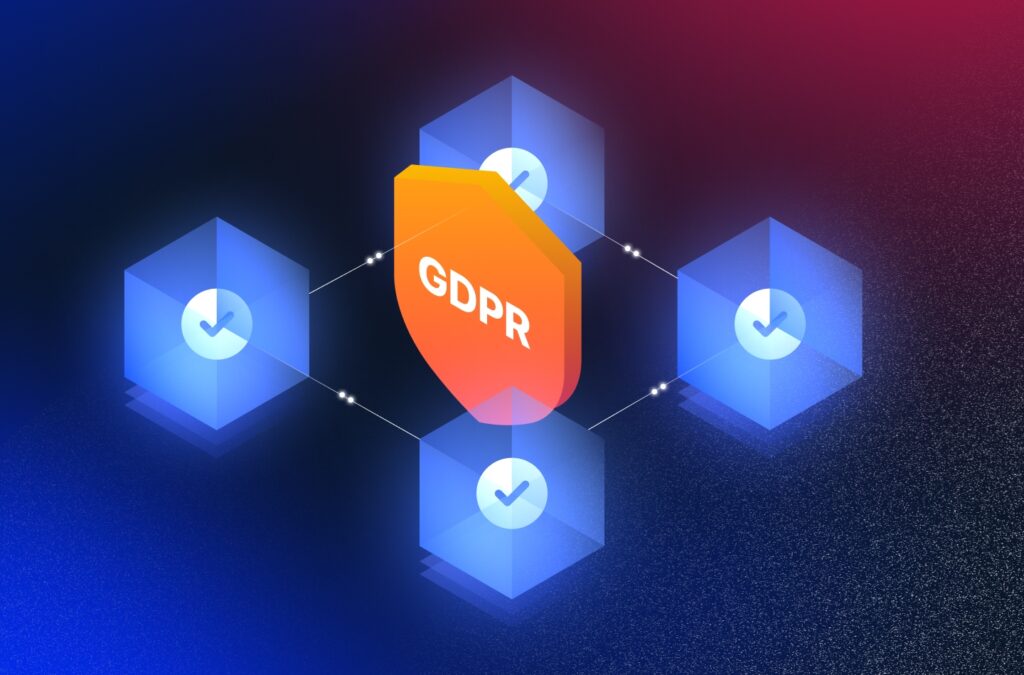Glossary of Compliance
Compliance Glossary
Our list of curated compliance glossary offers everything you to know about compliance in one place.
Continuous Security Validation
Continuous security validation allows a company to replicate and simulate full-scale attacks on its enterprise assets. They do this using software agents, virtual machines, and other tools. This process helps you to test and strengthen your security measures regularly.
4 key benefits to Continuous Security Validation
Spotting policy mismatches
It helps find mismatches in security controls by simulating threats. This lets organizations see where they’re vulnerable and make security improvements.
Boosting security solutions
Continuous Security Validation makes security tools more effective by pinpointing gaps in rules and ensuring accurate threat detection. This improves the performance of tools like firewalls, intrusion detection systems, and more.
Choosing priorities
It helps you focus on important areas by showing gaps and indicating which threats specific measures can block. This way, security efforts are directed where they matter most.
Tracking detection changes
Continuous security validation keeps an eye on detection coverage. When you regularly test security controls, it highlights trends in detection effectiveness. This helps your company react quickly to any drops in your security performance.
Additional reading
Cloud Data Loss Prevention: Key Steps to Safeguard Your Data
A Guide to PCI DSS Risk Assessment
Lessons learned from the biggest GDPR violations of all time

Sprinto: Your growth superpower
Use Sprinto to centralize security compliance management – so nothing
gets in the way of your moving up and winning big.



